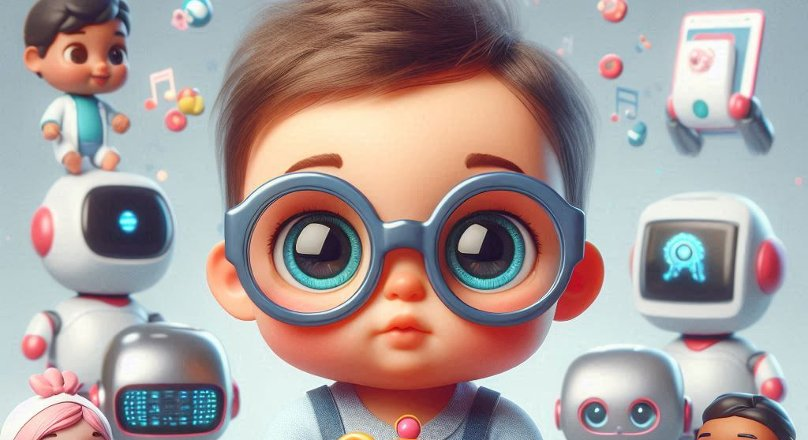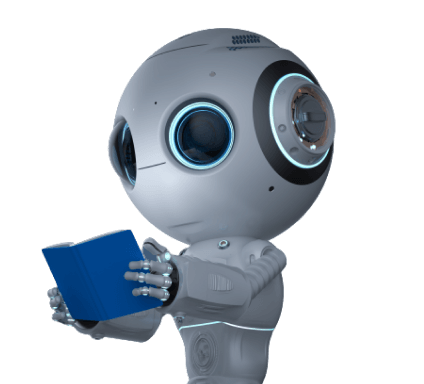Results for ""
What is ROP?
India is the country with the highest rate of premature births worldwide, with over 3 million premature births annually. ROP is a disorder that affects premature babies. According to Dr Anand Vinekar, who founded KIDROP, a program aimed at addressing the issue of ROP in rural India and serves as the head of the department of the pediatric retina at the Narayana Nethralaya Eye Institute in Bangalore, "between 25 and 40 per cent of these babies have a risk of developing ROP."
How KIDROP used AI to defeat infant blindness
Blindness from ROP is largely preventable if identified and treated within the first weeks of birth. But while the screening itself is not arduous for a trained provider, the challenge of detecting ROP in millions of premature babies is profound. Each preterm infant must be screened multiple times during the critical period, equating to upwards of 20 million exams per year if every preterm baby is screened, Dr. Vinekar says.
With the current methods, this is almost impossible due to the long distances that many Indian families reside from hospitals and the severe lack of qualified doctors. But AI is being used by KIDROP, CleaVision, and SAP to help bridge this gap and provide a lifeline for newborns like Hanvith C.
Hanvith C's parents experienced worry while accompanying many new parents in India. His mother comments, "My father was blind," expressing concern based on personal experience. The parents' decision to seek aid would change the course of their child's life; they were terrified that their newborn might inherit blindness.
Hanvith C's father describes their lucky experience at their neighbourhood hospital with a KIDROP team. Hanvith C was found with symptoms of ROP as a result of this crucial outreach initiative that brought advanced medical screening to rural villages in India. However, his experience turned from one of despair to one of hope after receiving effective follow-up therapy in Bangalore.
The Challenges
The KIDROP program aims to provide life-changing diagnostic capabilities to additional impoverished communities by teaching non-physicians how to utilize field imaging cameras to take digital photographs of infants' eyes. However, there are further challenges because thousands of retinal scans are produced, all of which must be examined for symptoms of ROP. Dr. Vinekar explains the bottleneck of the diagnosis and treatment process : "Now you have plenty of images and no one to read them."
How SAP Business AI Technology Enhances CleaVision's ROP Detection Solution
This is where SAP Business AI technology, such as the SAP Analytics Cloud solution and the SAP Business Technology Platform (SAP BTP), supports CleaVision's solution and makes a significant difference. Images of the eyes are uploaded to CleaVision, which automatically recognizes the features of the retina and blood vessels and suggests the presence or absence of ROP in premature infants. Thanks to the system, doctors can swiftly identify and prioritize children who are at risk.
Dr. Vinekar emphasizes, "We are not going to base our entire decision and management on what [the AI] says." But it will assist us in prioritizing these images. This shows a systematic strategy for utilizing technology while upholding the significance of human judgment in crucial healthcare decisions.
AI from SAP and CleaVision has a profoundly personal and life-altering influence, in addition to being useful in technology and medicine. Hanvith C.'s parents stress the value of awareness and early intervention, and they hope that this technology can help other families.
Sources of Article
Source: SAP






